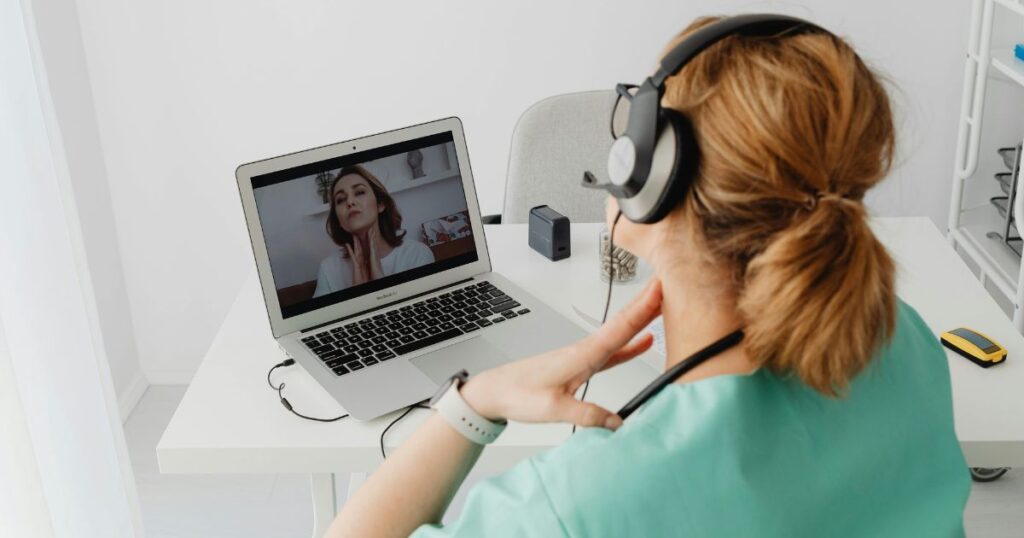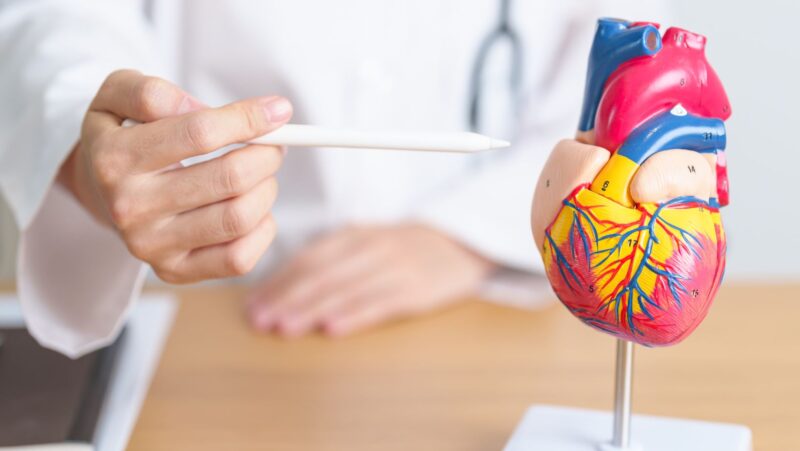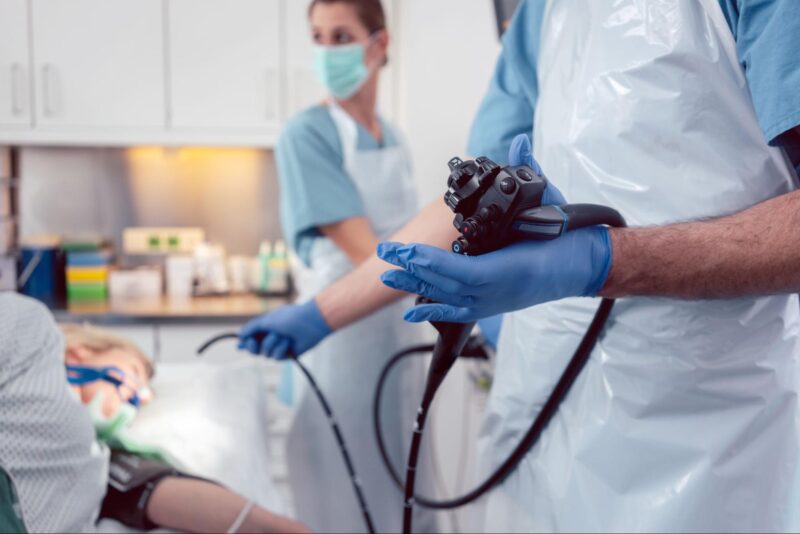
In recent years, the healthcare industry has experienced a massive transformation due to the rise of digital health technologies. At the forefront of this revolution is remote patient monitoring (RPM), a system that allows healthcare professionals to monitor patients’ health data without the need for in-person visits. These technologies are particularly valuable for managing chronic diseases, post-operative recovery, and general wellness. As more healthcare providers adopt RPM, patients are receiving more personalized, efficient, and cost-effective care than ever before. This article explores how digital health and RPM are reshaping the healthcare landscape.
The Role of Digital Health in Modern Medicine
Digital health encompasses a broad range of technologies, including telemedicine, mobile health apps, wearable devices, and health information technology (HIT). Together, these tools empower patients to take control of their health and make informed decisions, while providing healthcare providers with real-time data to improve patient outcomes. For instance, wearable devices like smartwatches can track vital signs such as heart rate, oxygen levels, and physical activity, allowing patients to share this information with their doctors from the comfort of their homes.
One of the key benefits of digital health is its ability to reduce the burden on healthcare systems. By enabling remote consultations and monitoring, doctors can focus on critical cases in hospitals, while still keeping tabs on patients who may not need immediate in-person care. This model not only improves patient access to healthcare but also ensures that resources are used more efficiently.
Understanding Remote Patient Monitoring
Remote patient monitoring is a subset of telehealth that specifically focuses on collecting and transmitting health data from patients in real-time. RPM can be used to monitor a variety of conditions, including diabetes, hypertension, and heart disease. Patients use devices such as blood pressure monitors, glucose meters, or heart rate sensors, which automatically send data to their healthcare providers. This continuous flow of information allows doctors to intervene quickly if a patient’s health starts to deteriorate.
RPM is particularly beneficial for patients with chronic illnesses who require constant monitoring. Traditionally, these patients would need frequent in-person appointments to track their progress. With RPM, doctors can monitor them remotely, adjusting medications or treatment plans as needed without requiring the patient to visit a clinic. As a result, patients experience fewer disruptions to their daily lives, and doctors can proactively manage care.
The Impact of RPM on Chronic Disease Management
Chronic diseases are one of the leading causes of death and disability worldwide, placing significant strain on both patients and healthcare systems. Remote patient monitoring offers a solution by allowing continuous, real-time monitoring of key health metrics. For example, RPM devices can track blood glucose levels for diabetic patients or detect irregular heart rhythms in those with cardiovascular conditions. This technology allows healthcare providers to catch potential complications early and take immediate action to prevent hospitalizations or other adverse events.

Moreover, RPM fosters a collaborative approach to healthcare. Patients become more engaged in their care by tracking their own data, which promotes better adherence to treatment plans. Healthcare providers, on the other hand, have access to comprehensive, up-to-date information that helps them make informed decisions about patient care. This combination of real-time data and patient engagement is a powerful tool for managing chronic diseases.
Advances in Diagnostic Testing for RPM Patients
As RPM continues to evolve, diagnostic testing plays an essential role in providing actionable insights for healthcare providers. While many RPM devices monitor vital signs and general health metrics, some conditions require more specialized testing. For instance, patients with gastrointestinal issues, immune disorders, or parasitic infections may need specific tests to ensure proper diagnosis and treatment. Diagnostic testing solutions are becoming increasingly integrated into digital health platforms, allowing patients to test themselves at home and transmit the results to their doctors.
One such example is advanced parasite testing. Eiger Diagnostics offers advanced human parasite testing solutions to help you maintain optimal health. These tests are critical for identifying infections that might otherwise go unnoticed and can provide timely interventions for patients experiencing symptoms related to parasites. The integration of diagnostic testing into RPM platforms enables healthcare providers to offer more personalized and comprehensive care, addressing a broader range of health issues without the need for frequent in-person consultations.
Future Directions for Digital Health and RPM
The future of digital health and remote patient monitoring holds immense potential. As technologies continue to advance, the integration of artificial intelligence (AI) and machine learning (ML) is expected to play a significant role in enhancing RPM systems. AI can analyze large datasets collected from RPM devices and identify patterns that may indicate health issues before they become serious. Machine learning algorithms can also predict potential complications based on patient history, allowing for more proactive and preventative care.
Additionally, the rise of 5G networks will improve the reliability and speed of data transmission, enabling seamless communication between patients and healthcare providers. This advancement is particularly important for patients in rural or underserved areas, where access to healthcare is often limited. With faster networks, RPM devices can transmit larger amounts of data in real-time, enhancing the accuracy and timeliness of healthcare interventions.
Overcoming Challenges in RPM Adoption
Despite the numerous benefits of remote patient monitoring, there are still challenges that need to be addressed. One of the primary barriers to widespread adoption is the cost of RPM devices and services. While these technologies can save healthcare systems money in the long run by reducing hospitalizations and emergency room visits, the initial investment can be prohibitive for some patients and providers. Additionally, issues surrounding data privacy and security must be carefully managed, as RPM involves the transmission of sensitive personal health information.

Education is also a key factor in RPM’s success. Both patients and healthcare providers need to be familiar with how to use RPM devices effectively. This includes understanding how to interpret the data provided and how to integrate the information into daily care routines. As healthcare systems continue to adopt digital health technologies, ensuring widespread training and education will be critical for maximizing the potential of RPM.
Conclusion
Digital health and remote patient monitoring are transforming the way healthcare is delivered. By providing real-time data and improving patient engagement, RPM offers a more proactive, personalized approach to healthcare. As technology continues to advance, the integration of diagnostic testing and AI into RPM systems will further enhance patient outcomes. However, for RPM to reach its full potential, healthcare systems must overcome barriers related to cost, education, and data security.












